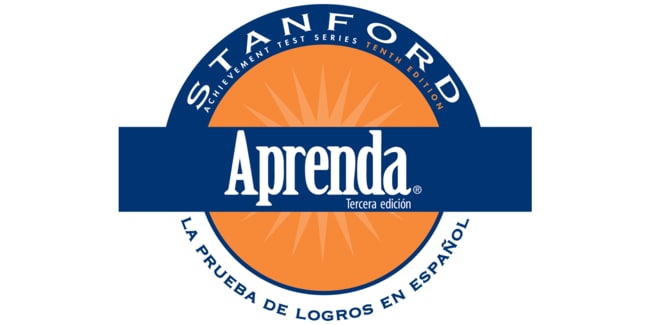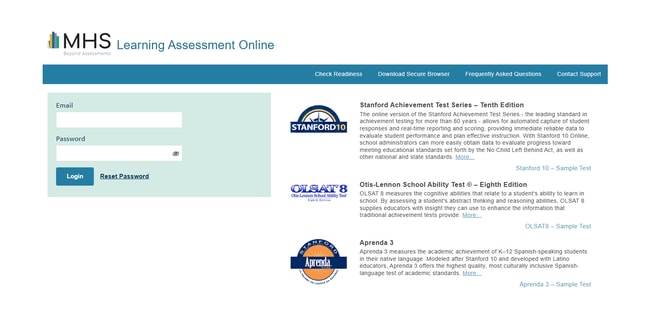Aprenda 3 helps measure the academic achievement of K–12 Spanish-speaking students in their native language. Modeled after the SAT10, Aprenda 3 assesses the same language, reading, math, science and social science domains with the same robust reporting of students' performance including informative guidance for parents and educators alike.





Aprenda: La Prueba de Logros en Español | Tercera edición
Aprenda 3
Aprenda 3 helps measure the academic achievement of K–12 Spanish-speaking students in their native language. Modeled after the SAT10, Aprenda 3 assesses the same language, reading, math, science and social science domains with the same robust reporting of students' performance including informative guidance for parents and educators alike.Choose from our formats
Kits
Starter & complete kits, print & digital
15 options
Test forms & reports
Booklets, record forms, answer sheets, report usages & subscriptions
34 options
Support materials
Manuals, stimulus books, replacement items & other materials
54 options
All products
All tests & materials offered for Aprenda 3
103 options
